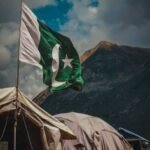Introduction
The topic of “Attack on Russia” encompasses a complex and multifaceted history marked by numerous invasions, conflicts, and geopolitical strategies. From the early medieval times to the modern era, Russia has been a focal point of military confrontations, driven by its vast territories, strategic location, and rich resources. This article delves into the significant attacks on Russia, exploring the motivations, impacts, and historical contexts of these events.
The Mongol Attack on Russia
One of the earliest and most devastating attacks on Russia was the Mongol invasion in the 13th century. Led by Batu Khan, the grandson of Genghis Khan, the Mongols swept through the Russian principalities with unparalleled ferocity. The invasion, which began in 1237, resulted in the subjugation of numerous Russian cities, including the destruction of Ryazan, the capture of Vladimir, and the sacking of Kiev. The Mongol rule, known as the “Tatar Yoke,” lasted for over two centuries, profoundly influencing Russian culture, politics, and society.
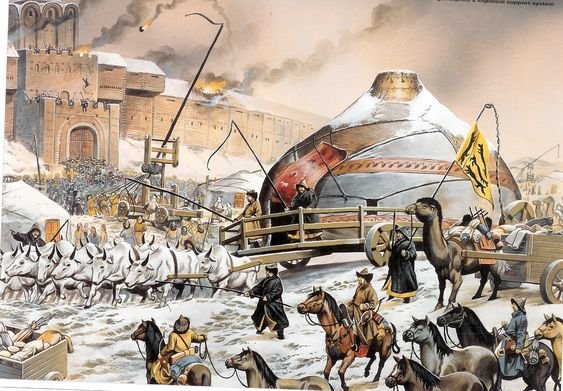
The Polish-Lithuanian Attack on Russia
In the early 17th century there is an another Attack on Russia, during the Time of Troubles, Russia faced another significant threat from the Polish-Lithuanian Commonwealth. Capitalizing on Russia’s internal strife and dynastic crisis, the Polish forces invaded, capturing Moscow in 1610. The Polish occupation of Moscow was a tumultuous period marked by widespread destruction and political instability. However, the Russian resistance eventually galvanized under leaders like Prince Dmitry Pozharsky and Kuzma Minin, leading to the expulsion of the Polish invaders in 1612 and the subsequent establishment of the Romanov dynasty.
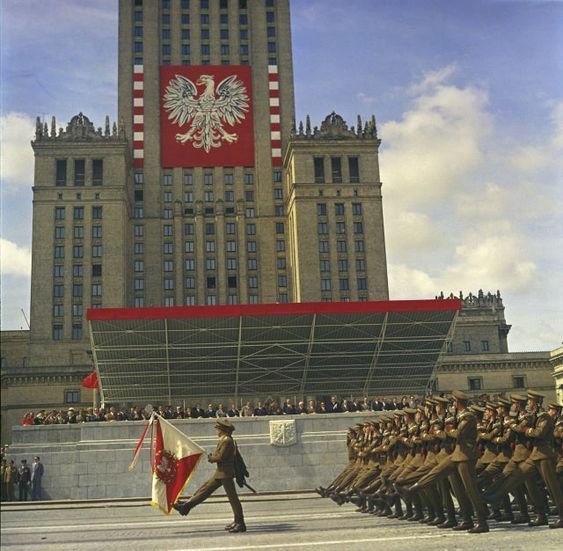
The Napoleonic Attack on Russia
One of the most renowned attacks on Russia was Napoleon Bonaparte’s invasion in 1812. Driven by his ambition to dominate Europe, Napoleon launched the Russian campaign with the Grande Armée, comprising over 600,000 soldiers. The campaign began in June 1812, but the Russian strategy of scorched earth and relentless resistance, epitomized by the Battle of Borodino, severely weakened the French forces. The harsh Russian winter further decimated Napoleon’s army, leading to a disastrous retreat. This invasion not only marked a turning point in the Napoleonic Wars but also bolstered Russian national pride and military prestige.

The Crimean War
In the mid-19th century, Russia found itself embroiled in the Crimean War, facing a coalition of the Ottoman Empire, Britain, France, and Sardinia. The war, fought primarily on the Crimean Peninsula, was rooted in a complex web of religious, political, and territorial disputes. The Siege of Sevastopol, a protracted and brutal conflict, became the war’s focal point. Despite initial successes, the Russian forces eventually succumbed to the technologically superior and better-coordinated Allied forces. The Crimean War exposed the weaknesses of the Russian military and administration, prompting significant reforms under Tsar Alexander II.
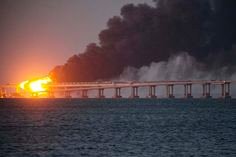
World War I and the Attack on Russia
World War I brought another wave of attacks on Russian soil, primarily from the German Empire. The Eastern Front witnessed numerous battles, with significant engagements like the Battle of Tannenberg and the Brusilov Offensive. The immense strain of the war exacerbated Russia’s internal problems, culminating in the 1917 Russian Revolution. The Bolshevik seizure of power and the subsequent Civil War saw foreign interventions from multiple nations, including the Allied powers. The chaotic period resulted in widespread devastation but ultimately led to the establishment of the Soviet Union.
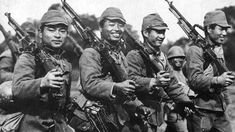
World War II and Attack on Russia
The most catastrophic attack on Russia (then the Soviet Union) occurred during World War II with Operation Barbarossa. Launched by Nazi Germany on June 22, 1941, the invasion was the largest military operation in history. Adolf Hitler’s aim was to conquer the Soviet Union, seize its resources, and eradicate communism. The initial phases of the invasion saw rapid German advances, capturing vast territories and encircling entire Soviet armies. However, the tide turned with the Battle of Stalingrad and the harsh winter, leading to a decisive Soviet counteroffensive. The victory in World War II cemented the Soviet Union’s status as a global superpower and left an indelible mark on Russian national consciousness.
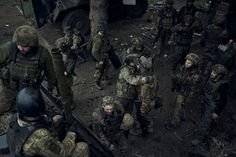
The Cold War and Attack on Russia
The Cold War era witnessed numerous indirect attacks on Russia through proxy wars and espionage. The ideological battle between the Soviet Union and the United States manifested in conflicts across the globe, from Korea and Vietnam to Afghanistan. The Soviet-Afghan War, in particular, was a significant drain on Soviet resources and morale, contributing to the eventual dissolution of the Soviet Union in 1991. The Cold War period also saw a relentless arms race and numerous instances of espionage and subversion, further straining Russia’s economy and political stability.
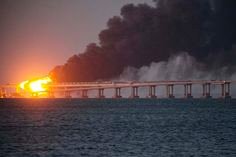
The Chechen Wars
In the post-Soviet era, Russia faced internal attacks from separatist movements, most notably in Chechnya. The First Chechen War (1994-1996) and the Second Chechen War (1999-2000) were brutal conflicts characterized by intense urban warfare, terrorism, and human rights violations. The wars stemmed from Chechen desires for independence and Russia’s determination to maintain its territorial integrity. The conflicts had profound implications for Russia’s domestic and foreign policy, leading to increased centralization of power and a robust stance against separatism.
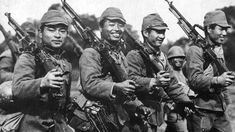
Cyber Attack on Russia
In the 21st century, attacks on Russia have evolved to include cyber warfare and other non-conventional threats. The rise of digital technology has made cyber attacks a significant concern, with numerous incidents targeting Russian infrastructure, government institutions, and private enterprises. These cyber attacks, often attributed to state and non-state actors, pose a complex and evolving threat. Additionally, Russia faces ongoing challenges from terrorism, organized crime, and geopolitical tensions with neighboring countries and global powers.

Conclusion
The history of attacks on Russia is a testament to the nation’s resilience and strategic importance. From the Mongol invasion to modern cyber threats, Russia has faced numerous challenges that have shaped its development and identity. Each attack has left an indelible mark on the country’s history, influencing its culture, politics, and military strategy. As Russia continues to navigate the complexities of the modern world, understanding its historical experiences with external threats remains crucial for comprehending its current geopolitical stance.

